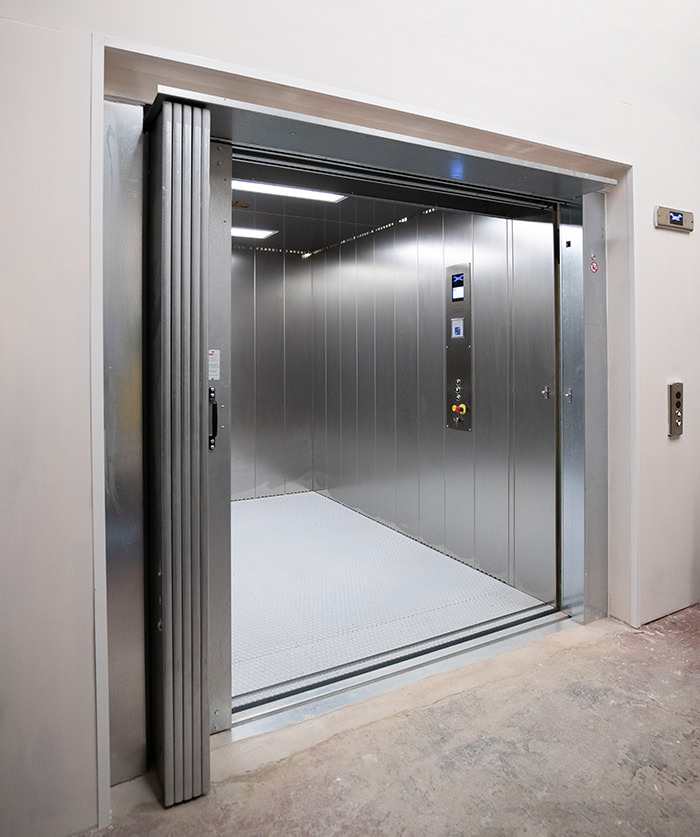Contrast Disabled Platform Lifts Prices UK: Affordable Options for Every Need
Contrast Disabled Platform Lifts Prices UK: Affordable Options for Every Need
Blog Article
Exploring the Globe of Elevators: Common Concerns Dealt With by Various Lift Systems
As we browse with the upright transport systems of modern-day buildings, lifts stick out as an indispensable part of our everyday lives. Nonetheless, behind their seamless procedure lies a globe of intricate mechanisms that can in some cases run into difficulties. From hydraulic lifts to traction systems and machine-room-less styles, each lift kind features its set of usual issues. Comprehending these challenges is vital for ensuring the smooth functioning of these essential systems. Let's check out the intricacies that underlie the operation of elevators and the prospective concerns that can occur, dropping light on the intricate web of lift devices.
Hydraulic Lifts
Hydraulic elevators, usually preferred for low-rise buildings, use fluid pressure to manage the motion of the lift vehicle (lift repair companies). This system includes a hydraulic pump pressing oil into a cyndrical tube, triggering the lift to relocate the wanted instructions. While hydraulic elevators are known for their quiet and smooth operation, they do feature their own set of common issues
One prevalent problem with hydraulic elevators is oil leakage. In addition, problems with the control system, such as malfunctioning valves or a malfunctioning pump, can cause disruptions in the lift's activity.
Regular upkeep and timely repair work are vital to guarantee the smooth performance of hydraulic lifts. By addressing these usual problems proactively, building proprietors can lessen downtime and guarantee the safety and security and performance of their upright transportation system.
Grip Lifts
When considering upright transportation systems in structures, an additional typical type apart from hydraulic elevators is the grip elevator. Grip elevators operate using a system of ropes and weights that move the lift automobile by gripping onto the hoist ropes. This system permits smoother and much faster upright transport contrasted to hydraulic systems.
One of the usual issues encountered by traction elevators is rope wear. The constant activity of the ropes within the traction system can lead to tear and put on with time, possibly causing the elevator to breakdown or become harmful for use. Routine examinations and maintenance of the ropes are necessary to guarantee the lift's correct functioning and security.
Another concern that traction elevators might run into is related to the control system. Issues with the control system can bring about problems such as unpredictable motion, hold-ups in response times, or perhaps total closures. Regular screening and maintenance of the control system are vital to avoid such issues and guarantee the lift's reliability.
Machine-Room-Less (MRL) Elevators

Among the crucial parts of MRL elevators is the portable gearless traction machine that is set up within the hoistway. This machine successfully drives the elevator auto check over here without the demand for large equipment discovered in traditional grip lifts. Furthermore, MRL lifts commonly utilize a weight system to balance the auto, further boosting their energy effectiveness.
Despite their advantages, MRL lifts might face challenges connected to upkeep and fixing due to the constrained space for tools installment. Ease of access for servicing elements within the shaft can be restricted, requiring specialized training for service technicians. Correct upkeep timetables and normal inspections are important to guarantee the continued smooth procedure of MRL elevators.
Overloading and Weight Limit Issues
Overloading and weight limit issues are critical problems in lift operations. Elevator suppliers style lifts with particular weight capacities to make certain guest security and equipment long life.
When lifts are overloaded, it places too much stress on the motor, wires, and other components, possibly triggering malfunctions or break downs. If they detect excess weight, safety and security systems such as sensors and overload sensing units are in location to stop elevators from relocating. Additionally, going beyond weight limits can result in increased power consumption and deterioration on the elevator system.
To alleviate overloading problems, constructing managers need to prominently present weight limits in lifts and enlighten residents on the relevance of adhering to these limitations - lift repair companies. Routine upkeep checks by qualified technicians can likewise aid ensure that elevators are running within secure weight criteria. By attending to overloading and weight restriction issues proactively, building proprietors can boost lift safety and effectiveness
Electric System Failings
Going beyond weight restrictions in lifts can not only lead to mechanical issues but also possibly add to electrical system failings within the lift framework. Electrical system failures are an essential issue in lift procedure, as they can cause unexpected closures, breakdowns, or even safety hazards.
Regular maintenance and evaluations are crucial to determine and address prospective electric issues without delay, guaranteeing the reliable and secure procedure of lift systems. By adhering to weight limitations and performing routine electric system checks, structure owners can alleviate the threat of electrical failures in lifts.
Verdict

Hydraulic elevators, often chosen for low-rise buildings, use fluid stress to regulate the motion of the elevator cars and truck.When thinking about upright transportation systems in buildings, an additional typical kind apart from hydraulic elevators is the grip lift. Traction elevators run using a system of ropes and counterweights that move the lift car by grasping onto the hoist ropes. Unlike traditional elevators that need a different machine space to house the tools, MRL lifts integrate many of the parts within the shaft, eliminating this link the requirement for a committed machine space.In final thought, lifts encounter common concerns such as hydraulic malfunctions, traction system failures, and electric system troubles.
Report this page